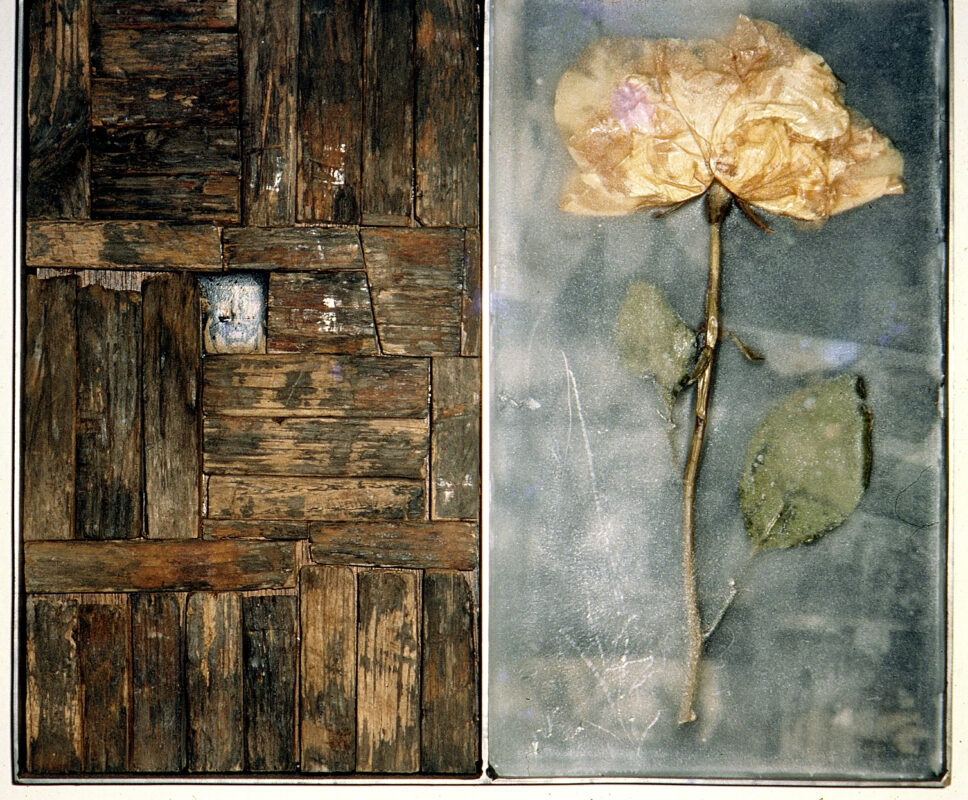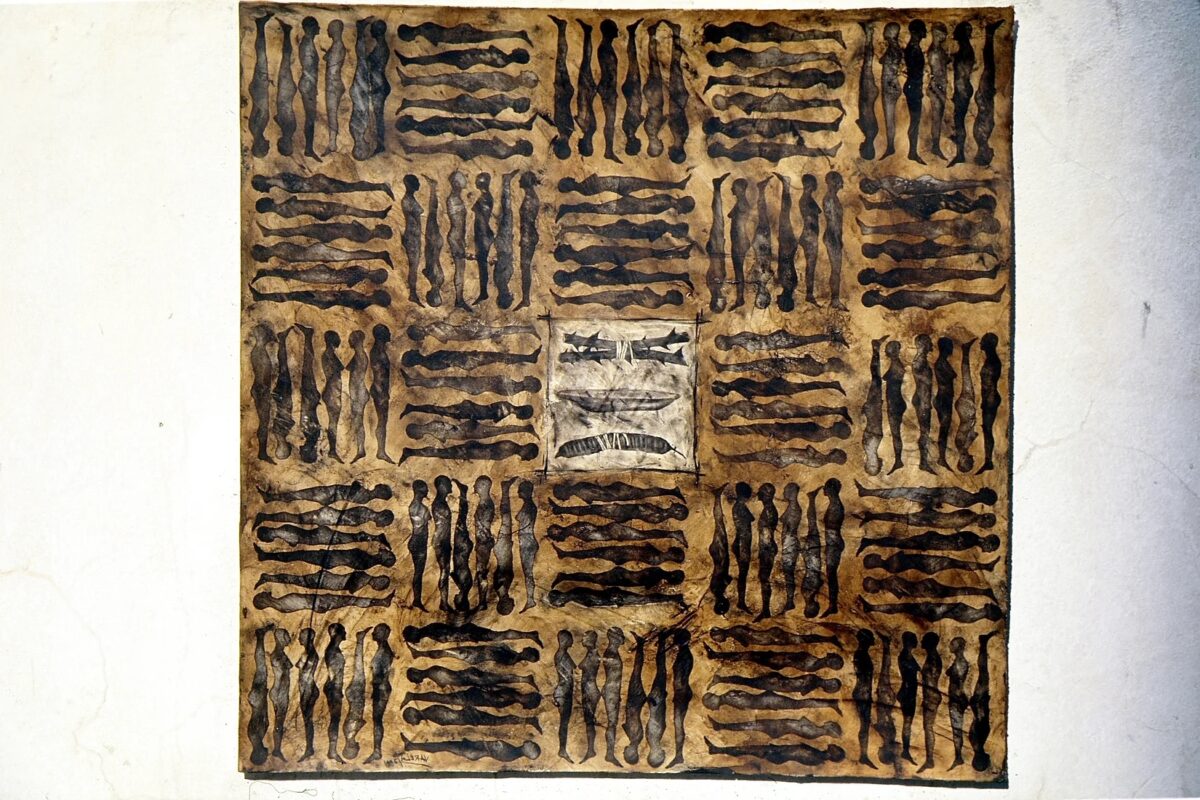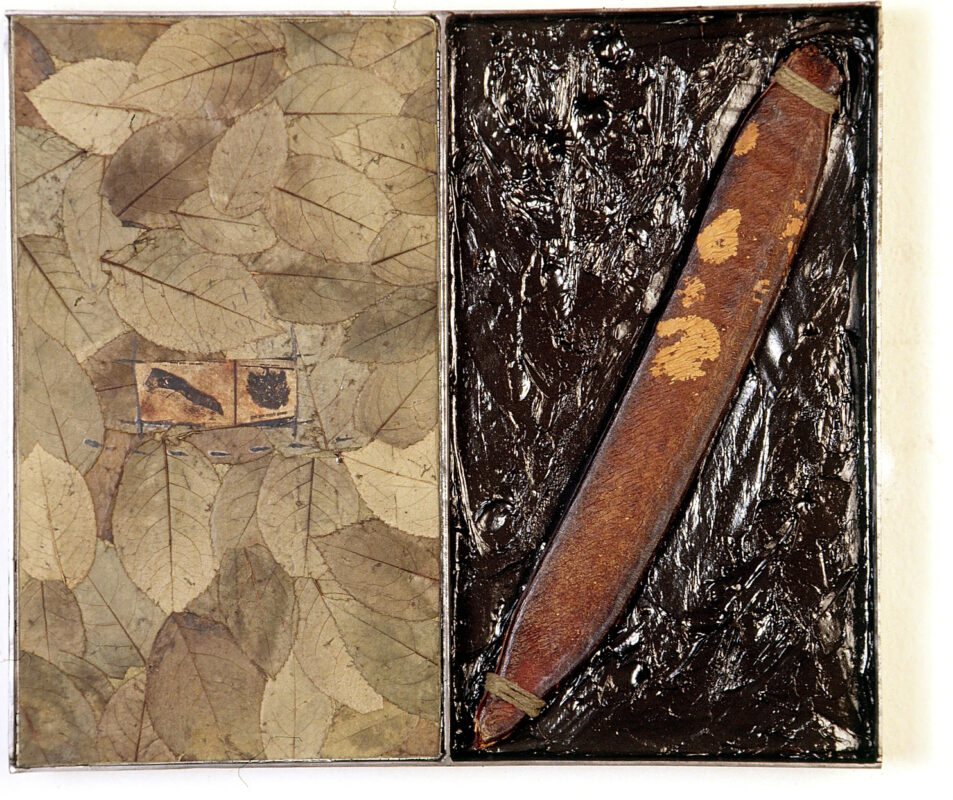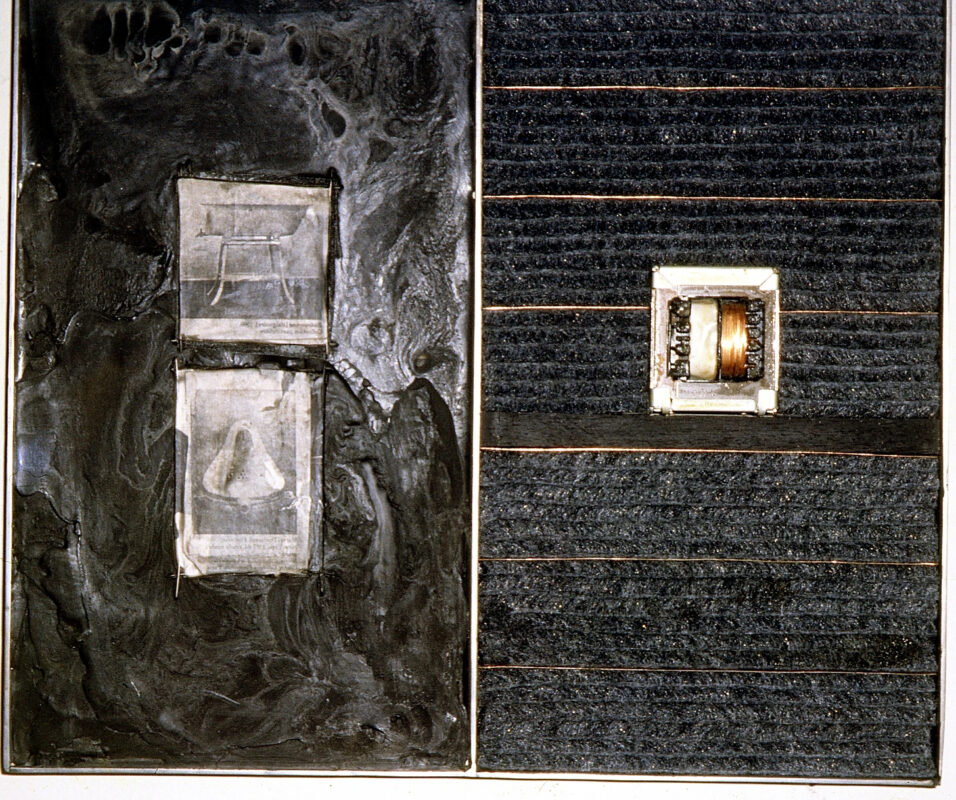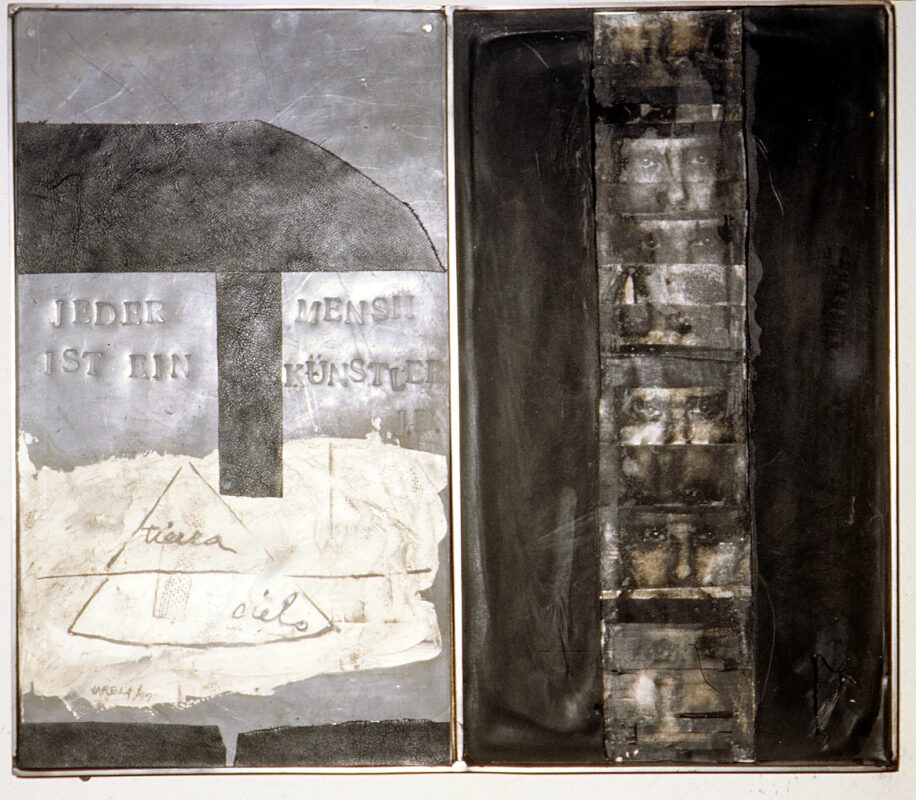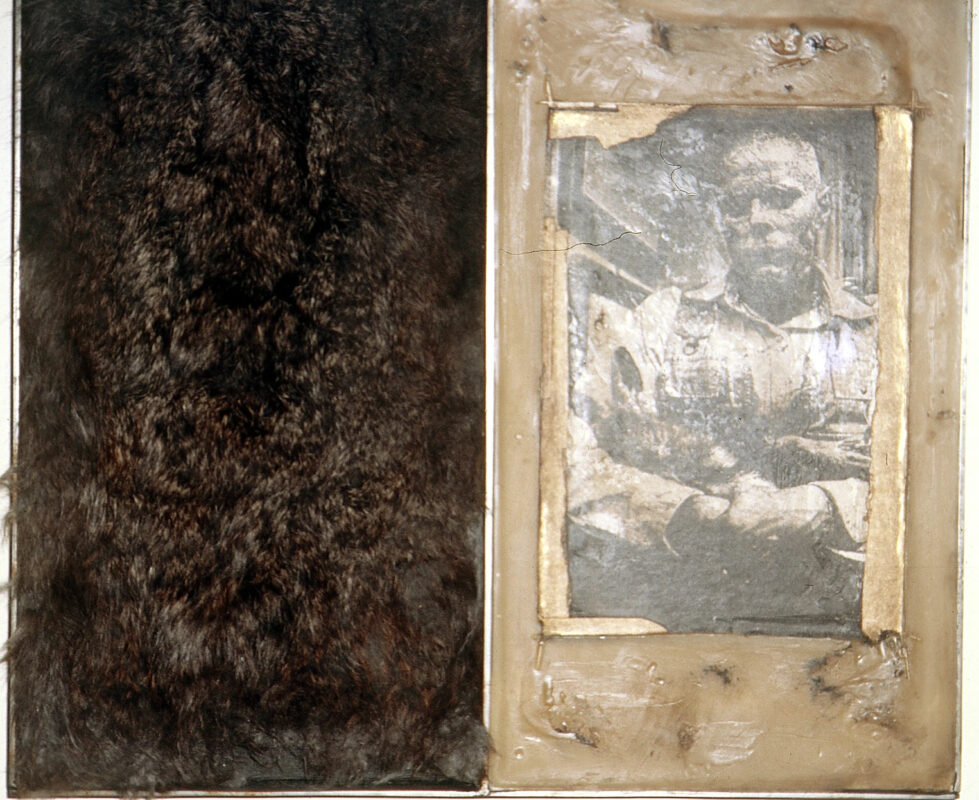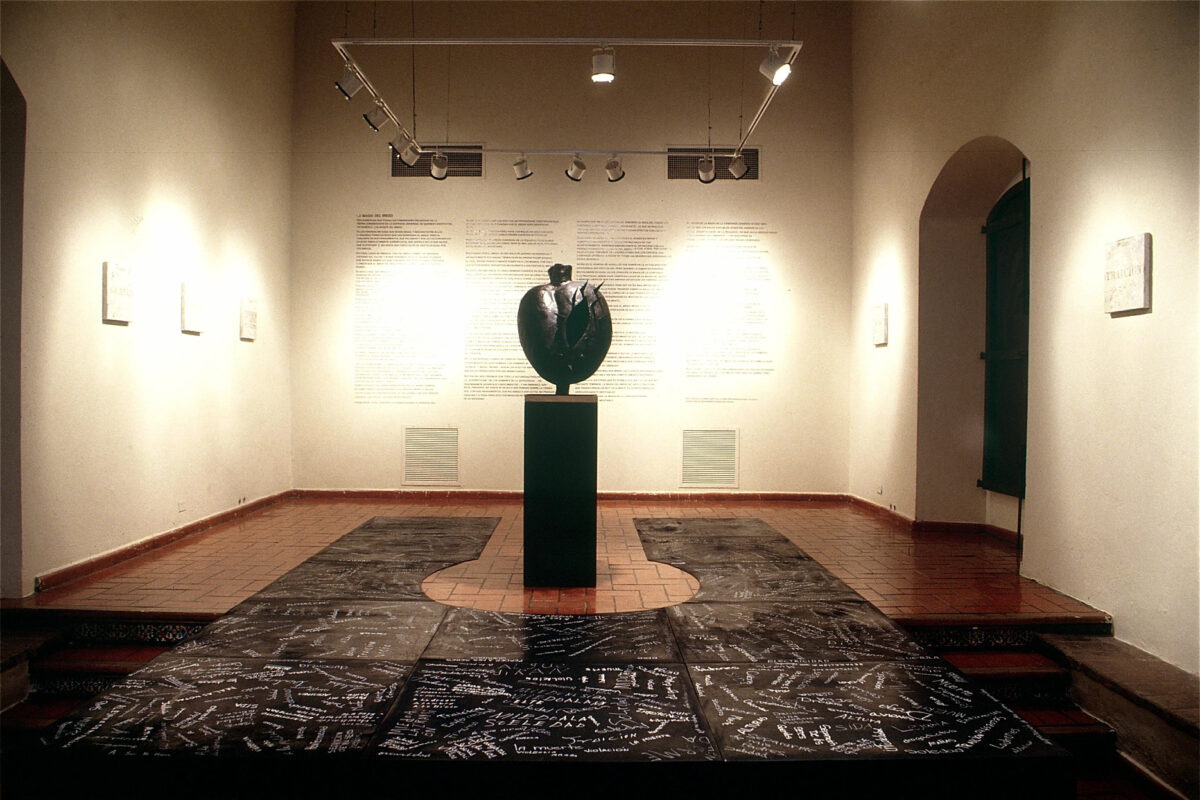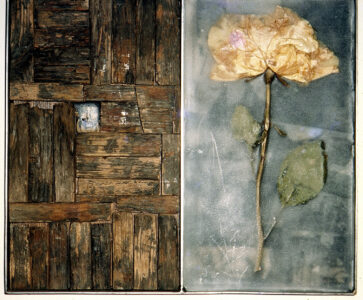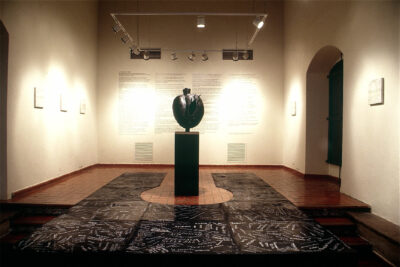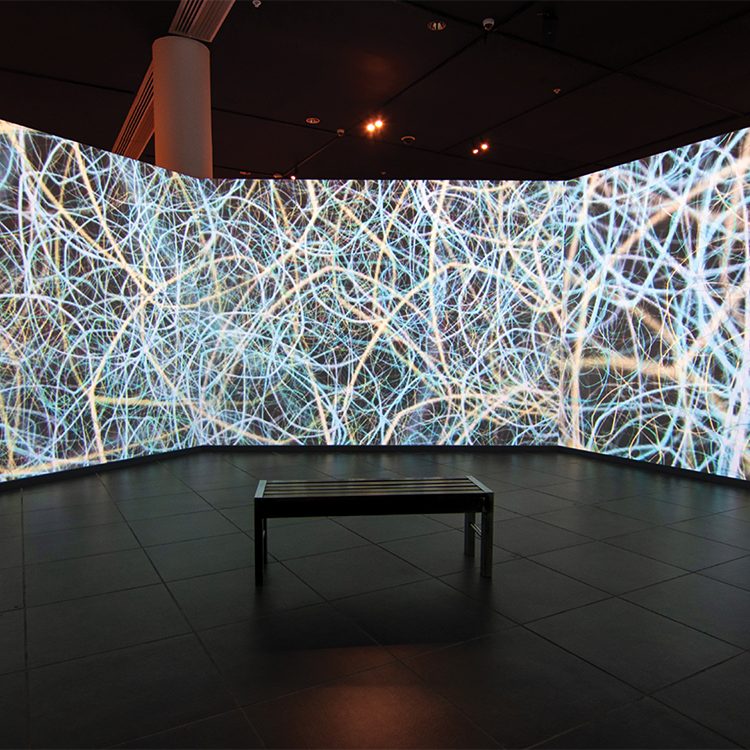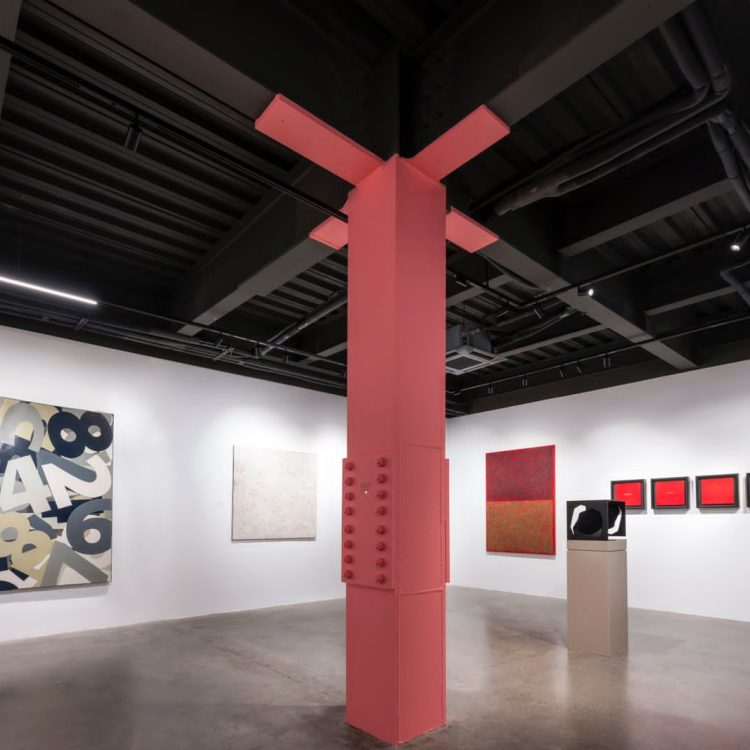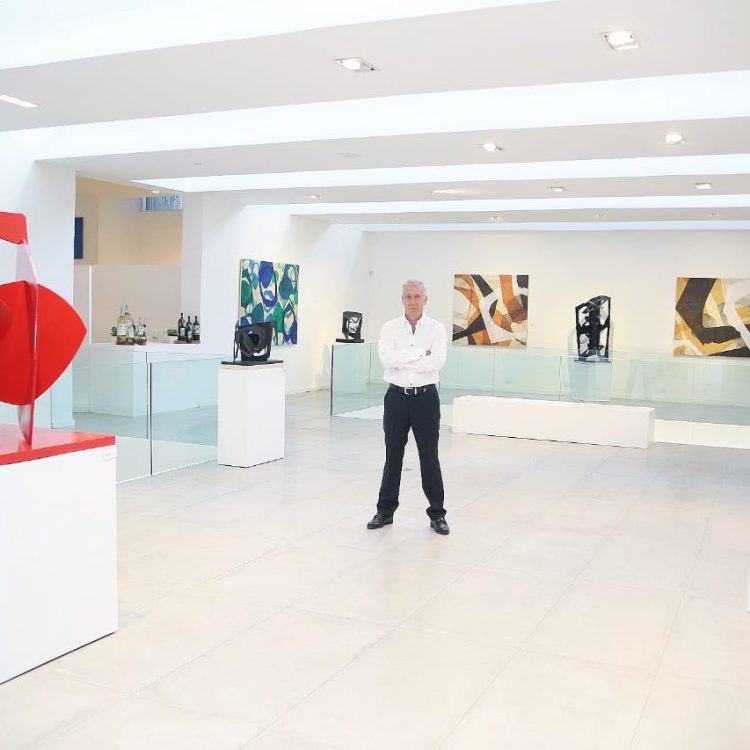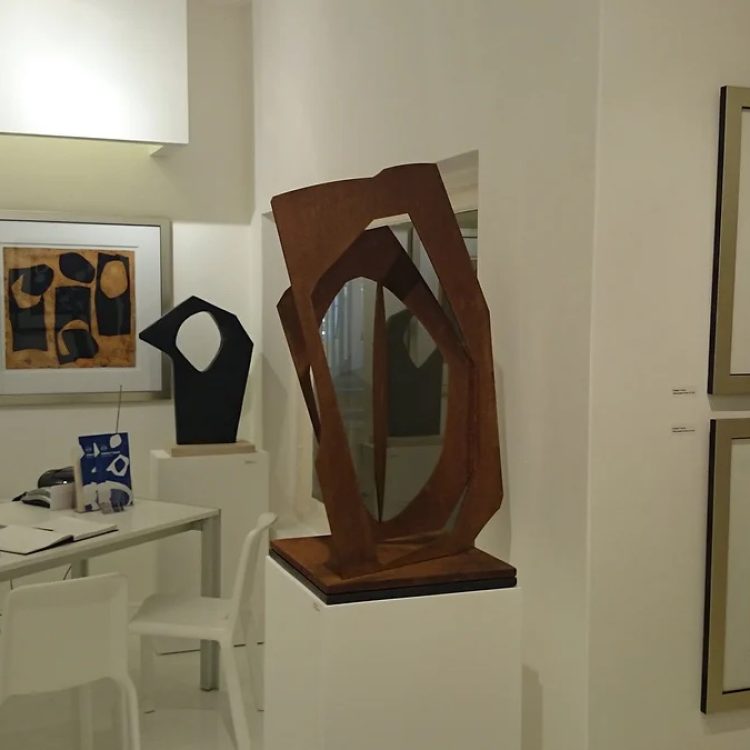Exhibitions > La Magia del Miedo
Cultural Center of Spain
Can contemporary art explain the world in the same way as philosophy or religion? Fernando Varela adds his experience as an artist to his philosophical knowledge, his religious feelings, the practice and enjoyment of literature and music, in his plastic work, in a possible attempt to explain the world with his paintings and installations.
In The Magic of Fear he enters the field of installation, but not as a fascinating game, nor as a charmer of the masses at the end of the century, but as another extension of his plastic possibilities to explain himself and make himself understood.
In the usual relationship of the artist with his environment, the people very rarely participate in the artistic process; Here Fernando Varela carries out a sociological survey to find out what the 6 or 7 most common fears of the population are, which will be reflected on the walls of the Sala Prats Ventós. Also in these facilities, visitors can write their fears and reflections, where they will remain on display along with the reflections of thinkers who have explored the topic. At the back of the room the chapter The Magic of Fear by the philosopher Scheneidefranken appears written. This same writing will be presented in the form of a scroll with the text. In this installation, the public-artistic relationship extends beyond the mere contemplation of the work, participation is as important in this work as its plastic image.
Dualidad is a museum-worthy piece, not only for its artistic quality and magnificent execution, but because it is fundamental to understanding the work of Fernando Varela, in his search for the origin, for the essential. In this work Varela presents the symmetry of the opposite.
The formal conceptualization of an interior experience originated by a feverish process in the author's childhood and repeated in his maturity in a state of deep prayer, gives rise to the installation Altered States, in which he represents the "simultaneous experience of the Whole as the incommensurable and the least as the self.
One of the artists who has most influenced contemporary and world art in the second half of the century is Joseph Beuys.
Fernando Varela has mystical and plastic concerns parallel to the great Central European creator, which is why he has made 5 boxes in Homage to Beuys that contain images, objects and materials such as fat, felt, wood, beeswax, which bring together the Varela's aesthetics with that of Beuys.
If the aesthetic manifesto was the work Duality; The ethical manifesto is represented by Unification, where letters are the basic component of language and make up the word love, the key to reaching knowledge or Divine Experience.
The cross that makes up Requiem is the symbol of that Divine experience; concrete in a religion, in this piece the seven movements of Faure's Requiem are written in each of the squares that form the cross. Music, literature, painting and religion come together in a composition in which Fernando Varela demonstrates his mastery of the elements and artistic lucidity.
In the Larrama Gallery the pictorial explosion Fernando Varela – Recent Works is shown. Compartmentalization, order, opposition, contrast, perfection, detail dominate in this pictorial collection; even the format is so measured that it is obviously the result of its inherently proportioned geometry.
In addition to the gestural containment that dominates Varela's last stage, the painting The Formation of Duality serves as a magnificent interlude between one stage and another. The compartmentalization that will be forceful in the other paintings, here is attenuated by the almost ogival elliptical shape, in which the pool of letters appears, all in the earthy colors, so specific to Varela, and the upper part that we see from explicitly and didactically, the formation of the dual sign that will be common and that in another work such as Genesis II appears in its intermediate state.
The palette becomes increasingly colder, dominating grays and bluish, fuchsia white and black. The oval and spiral shapes are opposed to an infinite soup of letters that sometimes occupies the entire surface of the painting, with a quality of textures that is uncommon in contemporary art, comparable to Tapies.
Like Robert Ryman, Varela is an optimistic and serene painter who seeks to delight our senses. His works should affect the viewer in the same way that listening to good music affects us.
Ricardo Ramón Jarne
Director Cultural Center of Spain
